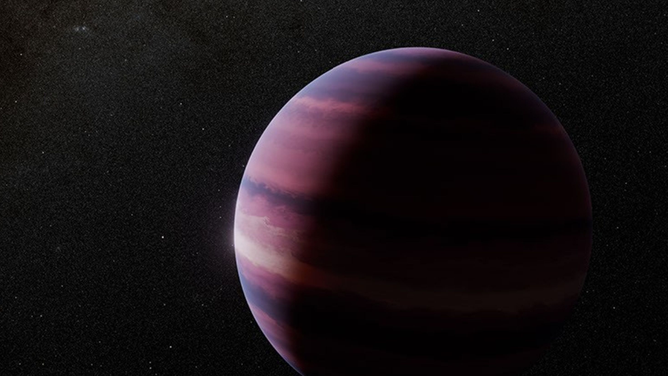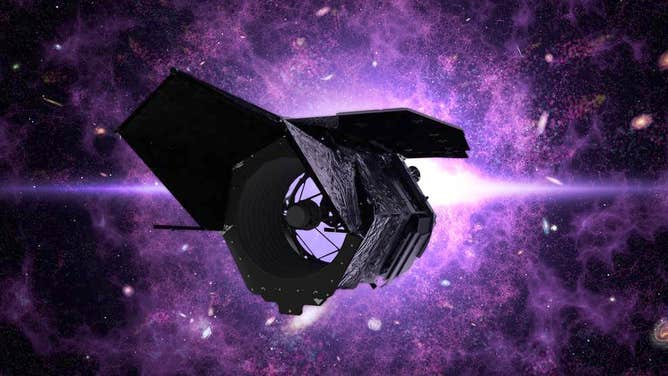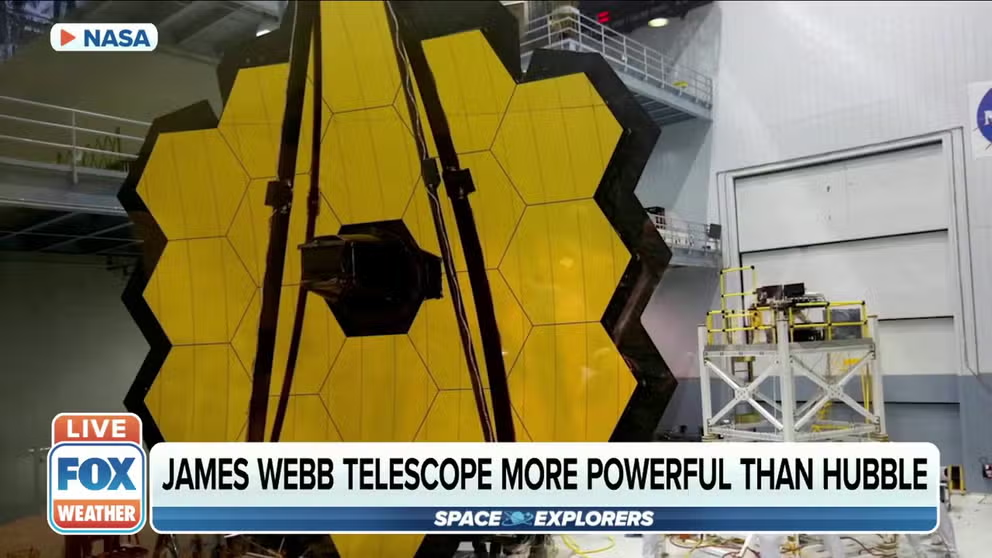NASA’s James Webb Space Telescope spots a potential gas giant
If confirmed, the planet would be the closest to Earth that orbits in the habitable zone of a Sun-like star. However, scientists say its gases mean that it would not support life as it exists on Earth.
James Webb Space Telescope more powerful than Hubble
Moving at a quarter of a mile per second in space, the James Webb Space Telescope got its golden wings on January 8 in the final stage of its deployment since launch.
Astronomers using NASA’s James Webb Space Telescope believe they have spotted a giant planet orbiting a series of stars a little more than four light-years away.
The system, known as Alpha Centauri, is a triple star system, and due to its apparent brightness, scientists have struggled to confirm exactly how many planets may exist.
NASA says using the Webb’s Mid-Infrared Instrument has produced the clearest signal yet of a potential gas giant circling Alpha Centauri A – one of the three stars in the Alpha Centauri system.
According to researchers, the planet is thought to be the size of Saturn and located farther from its parent star than Earth is from the Sun in our solar system. If confirmed, the planet would be the closest to Earth that orbits in the habitable zone of a Sun-like star.
However, scientists say its gases mean that it would not support life as it exists on Earth.

Artist concept of a giant planet orbiting a star in the stellar system not too far from our Sun.
(NASA)
SEE THE OBJECT HUMANS LEFT BEHIND ON THE MOON
"With this system being so close to us, any exoplanets found would offer our best opportunity to collect data on planetary systems other than our own. Yet, these are incredibly challenging observations to make, even with the world’s most powerful space telescope, because these stars are so bright, close, and move across the sky quickly," Charles Beichman, an author of the study and executive director of the NASA Exoplanet Science Institute at Caltech, said in a statement.
Scientists have spotted at least five other planets in the Alpha Centauri system, with three orbiting the star known as Alpha Centauri C and two orbiting Alpha Centauri B.
If life exists in the system, researchers believe it is more likely to be found around Alpha Centauri A or B, as Alpha Centauri C is considered to be too hostile due to intense solar flares and high radiation levels.
Space experts noted that while the signal of the planet was detected in 2024, additional observations in 2025 did not display the same picture, which researchers chalked up to the planet’s orbital path versus any type of false reading or cataclysmic event.
"Webb was designed and optimized to find the most distant galaxies in the universe. The operations team at the Space Telescope Science Institute had to come up with a custom observing sequence just for this target, and their extra effort paid off spectacularly," Beichman stated.
TELESCOPE CAPTURES STUNNING IMAGES OF NOT 1 BUT 19 SPIRAL GALAXIES
The discovery is expected to have major implications for future studies involving planets located in multi-star systems.
Researchers believe the distance between Alpha Centauri A and B creates a complex gravitational environment, challenging current theories about how planets form and remain in orbit.
NASA’s Nancy Grace Roman Space Telescope, which is scheduled to launch around 2027, will be capable of imaging faraway systems like Alpha Centauri in visible light and could provide additional clues as to the planet’s size and atmospheric complexity.

Illustration of the Nancy Grace Roman Space Telescope
(Goddard Space Flight Center / NASA)
